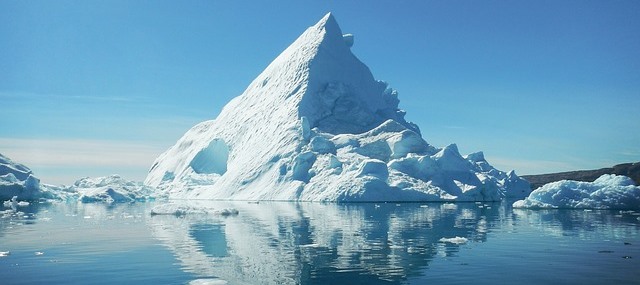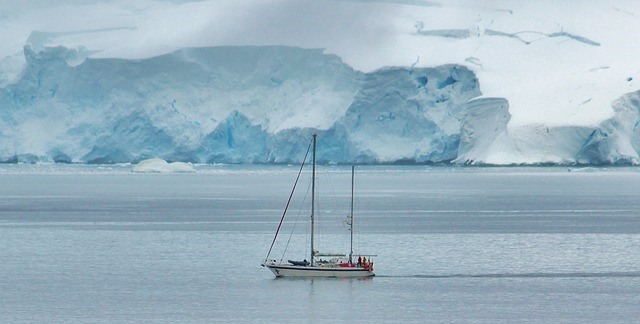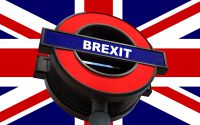Global Warming to Open Up Naval Trade in the Arctic?
Sir John Franklin attempted to find a way through the Northwest Passage in 1845. Himself, Francis Crozier and James Fitzjames, the most important people on the HMS Erebus and HMS Terror, all died in the two years they were stuck in the Northwest Passage of the North American Arctic. Everyone on the two ships died, of exposure, lead poisoning, scurvy, cannibalism, hypothermia, and tuberculosis.
If Franklin knew that less than two hundred years later, global warming would melt some of the ice and provide a safer passage, he probably would not have bothered even trying.

Yes, the Northwest Passage is usable again, and has been for a while, for a couple of ships already passed through it. The question is, whether trade routes will be opened through the Northwest Passage?
The General Consensus – No Trade Routes
Many see this as an opportunity to open up trade routes between Europe and Asia, which was the original goal of the 1845 expedition. But, one has to understand that Canada must make a serious attempt to take care of its north and to organize their and invest their money into securing that route as it is on Canadian territory. Likewise, the Canadian north is still very inhospitable, with very rough, permanent winters.
On the other hand, the route itself is still filled with ice, and even though a couple of boats made it through, none of them were cargo ships. Smaller, adventure boats, special icebreakers, a cruise ship and even a tanker made the journey, a total of 32 ships. A cargo ship did make it true, but it was led by Canadian icebreakers.

A Question of Politics – To Whom Does the Route Belong
The passage, if you ask Canada, belongs to Canada. The United States, specifically, alongside other countries of the world, claim that it belongs to nobody, in other words, international waters. This question would be a problem if the route were ever to become safe enough for cargo ships to pass through.
International Interest – A Possible Solution
China has shown interest into the Northwest Passage, with a desire to strengthen its trade and relationship with Europe. A faster way of getting to Europe is always better. For example, going from Quebec to China takes 26 days via the Northern Passage, and compared to the 41-day trip through the Panama Canal, it is quite a time saver.
The one cargo ship that passed through, the North Orion, belongs to a Danish company called the Nordic Bulk Carriers. Its owner stated that it was a journey that he hoped they would repeat.
As of now, more ships are looking towards the Northwest Passage as a potential route, but progress is very slow.



